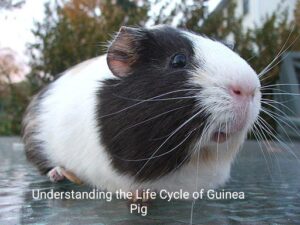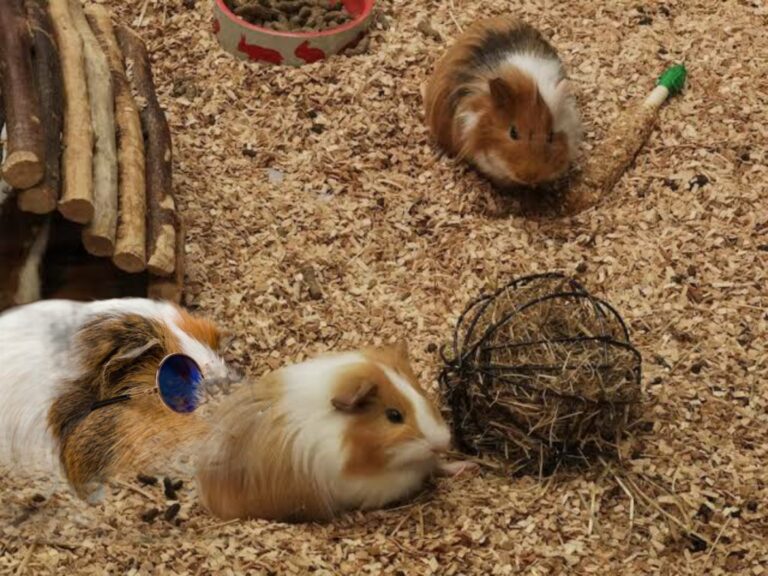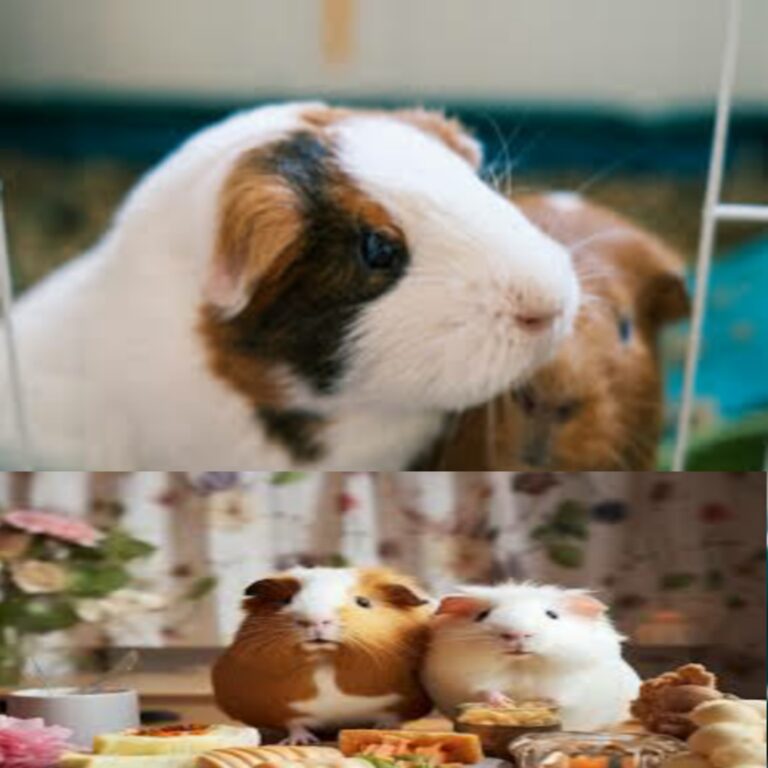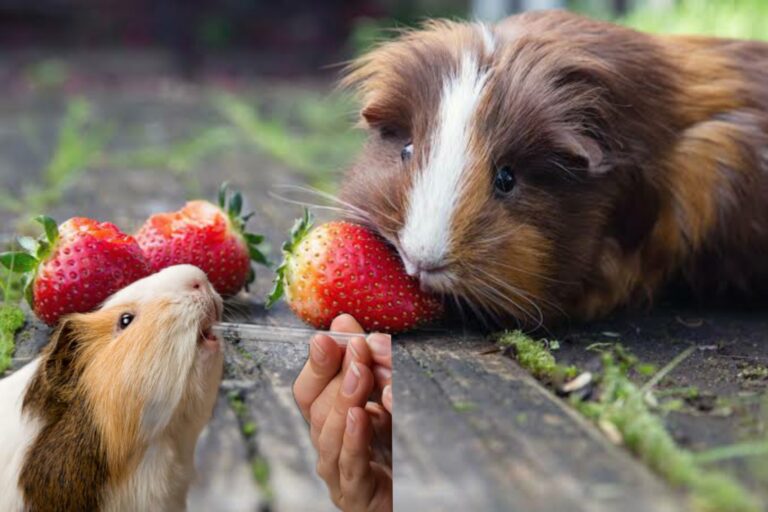
Hello, I’m Caroline, your favorite writer for this website. Today we’re going to explore the fascinating life cycle of a guinea pig, from the moment they are born to the later stages of their lives.
Unlike many other animals, guinea pigs enter the world looking like tiny versions of adults. At birth, a baby guinea pig, also known as a pup, weighs around 100 grams or three and a half ounces. They come into the world with teeth, open eyes, and strong legs, and they are not born hairless; instead, they have a full coat of fur. These little ones become active very quickly and will start running around shortly after they are born.
Guinea pigs typically give birth to a litter (group) of two to four pups, although litters (group) can range from one to eight. The first litter is usually smaller than those that follow. For the first four to six weeks, the pups will suckle from their mother, but you might be surprised to learn that they begin nibbling on the same food their mother eats just two days after birth—sometimes even as early as one day old!
Male guinea pigs reach puberty around two to three months, while females reach it at about two months. If your guinea pig is pregnant or has recently given birth, it’s important to know when to separate the young pups, as they can breed at a very young age. It is recommended to separate male pups from their mother at about six weeks, as they may start mating even then. Some experts suggest separating them as early as four weeks. Female pups can stay with their mother until she has finished lactating.
Although guinea pigs can have babies at a young age, it’s best to wait until they are at least six months old before allowing them to breed. This is because pups born to very young mothers can be more vulnerable and may have certain weaknesses. Additionally, a female guinea pig should not have her first litter (group) after she turns one year old, as this can increase the risk of serious complications during birth.
We do not recommend breeding guinea pigs, as there are many in rescues that need loving homes. A female guinea pig’s reproductive cycle, known as the oestrus cycle, lasts about 15 to 17 days, with the window for becoming pregnant lasting only 2 to 11 hours. Her pregnancy typically lasts around 65 to 70 days, or 9 to 10 weeks. After giving birth, she can go back into heat just 15 hours later, which poses a risk of her becoming pregnant again. Therefore, it’s crucial to separate the female from the male during late pregnancy to prevent this.
A guinea pig is considered an adult at six months, but they may continue to grow until they are about a year old. Once fully grown, they typically weigh between 900 to 1200 grams, with males generally being heavier than females. As guinea pigs age, they can become more susceptible to illnesses, but providing them with a healthy diet and good living conditions can help ensure they stay healthy into their golden years.
Guinea pigs usually live between four to eight years, but some can live even longer, up to 10 or 11 years. In fact, the oldest recorded guinea pig lived for 14 years!
To help you keep track of your guinea pig care tasks, we offer care sheets that are perfect for staying organized. Our care sheet pack includes checklists and pages for you to fill in with useful information about your guinea pig, such as daily task checklists, vet information, medication details, appointment logs, and more. These resources are designed for both adults and children and are available for purchase online, allowing you to download, print, and start using them right away.
Thank you for joining me in learning about the life cycle of guinea pigs!



